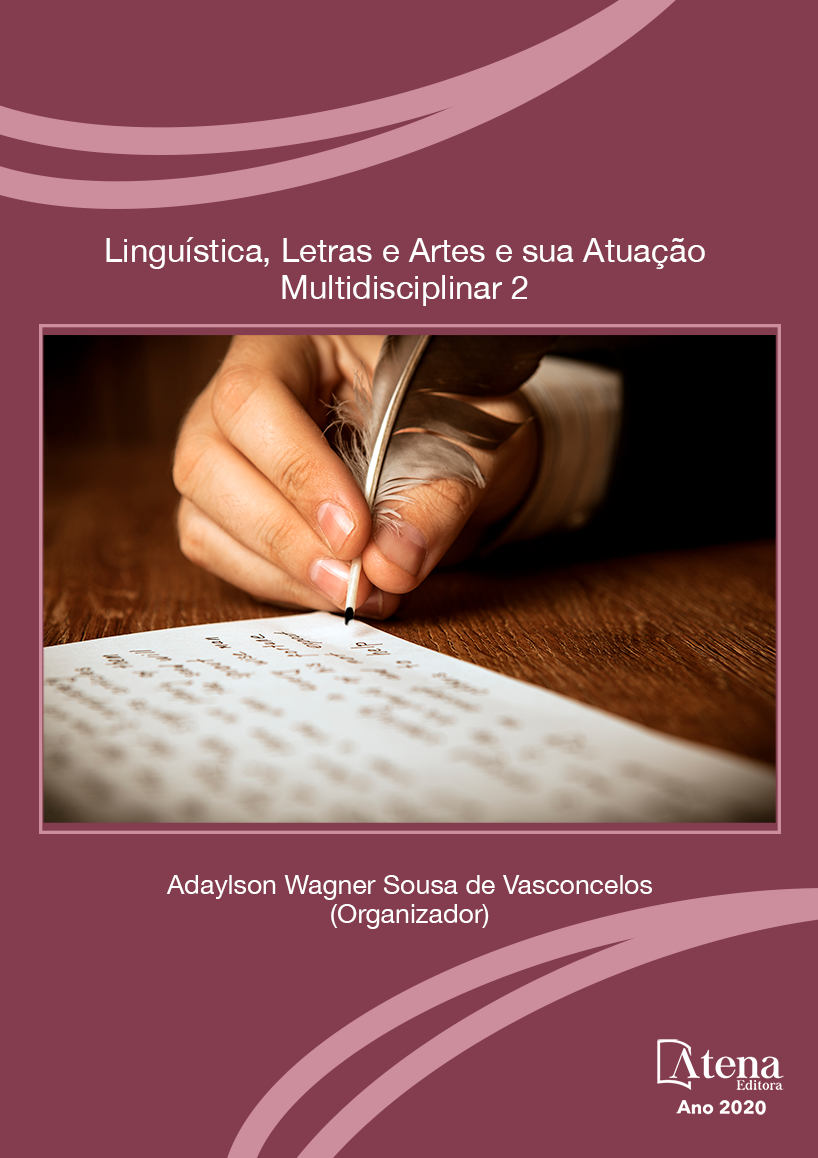
POLIFONIA DE ENUNCIADORES E OPERADORES ARGUMENTATIVOS NO DISCURSO JORNALÍSTICO
Sabe-se que, no texto jornalístico, há uma certa preocupação com a imparcialidade na descrição dos fatos, porém, é comum, nesse tipo de texto, a presença de discursos implícitos que não são identificados em sua estrutura superficial, os quais são responsáveis pela quebra dessa imparcialidade, evidenciando que, além da intenção de informar, há outras intenções, como convencer ou expor um posicionamento a respeito dos fatos. Os recursos linguísticos utilizados vão desde o uso de operadores argumentativos ao uso de formas que marcam a isenção de responsabilidade quanto ao discurso do outro, o que evidencia o cruzamento de vozes no texto. É nesse sentido que este trabalho busca analisar um texto jornalístico pulicado pelo Jornal G1, a respeito do discurso de Sérgio Moro no Senado, com o objetivo de identificar de que forma são utilizadas as estratégias argumentativas da língua para direcionar o leitor a um determinado propósito. Do mesmo modo, pretende-se analisar as vozes que permeiam a reportagem na montagem do discurso rumo a uma relação dialógica da linguagem. Para tanto, partimos das teorias da argumentação da linguagem, amparadas, principalmente, por Ducrot (1988) e Koch (2006), para sustentar que o discurso é heterogêneo, ou seja, há diferentes vozes com diferentes pontos de vista que se estruturam em prol de um argumento no fazer linguagem.
POLIFONIA DE ENUNCIADORES E OPERADORES ARGUMENTATIVOS NO DISCURSO JORNALÍSTICO
-
DOI: 10.22533/at.ed.0672023077
-
Palavras-chave: polifonia de enunciadores; texto jornalístico; discurso; operadores argumentativos
-
Keywords: speaker polyphony; journalistic text; speech; argumentative operators
-
Abstract:
It is understood that, in the journalistic text, there is a certain concern with impartiality in the description of the facts, however, it is common, in this type of text, the presence of implicit speeches that are not identified in the surface structure of the text, which are responsible for the breach of this impartiality, showing that in addition to the intention to inform, there are other intentions, such as convincing or exposing a position regarding the facts. The linguistic resources used range from the use of argumentative operators, to the use of forms that mark the exemption of responsibility regarding the speech of the other, which shows the crossing of voices in the text. It is in this sense, that this work seeks to analyze a journalistic text published by Jornal G1, regarding the speech of former Minister Sérgio Moro in the Senate, with the objective of identifying how the language's argumentative strategies are used to direct the reader to a certain purpose, in addition to analyzing the voices that permeate the report in the assembly of the discourse towards a dialogical relation of language. For that, we start from the theories of language argumentation, supported mainly by Ducrot (1988) and Koch (2006), to maintain that the discourse is heterogeneous, that is, there are different voices with different points of view that are structured in favor of an argument in making language.
-
Número de páginas: 14
- Mônica Mano Trindade Ferraz
- Laíza da Costa Soares Araújo


